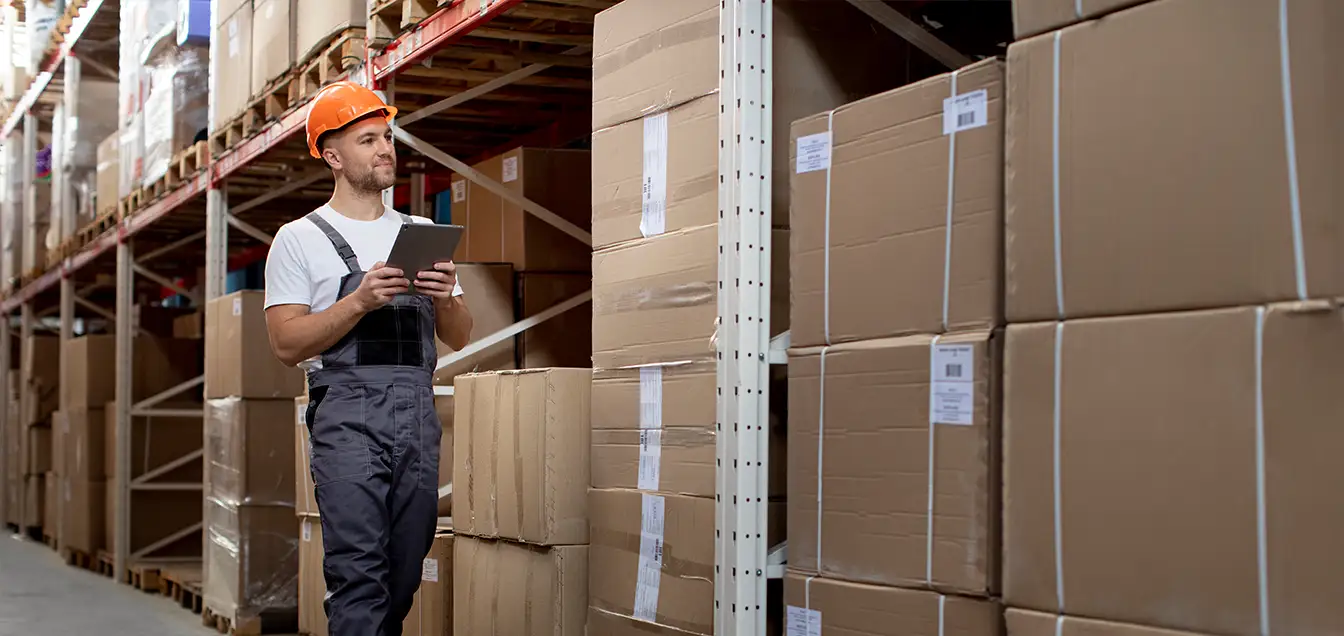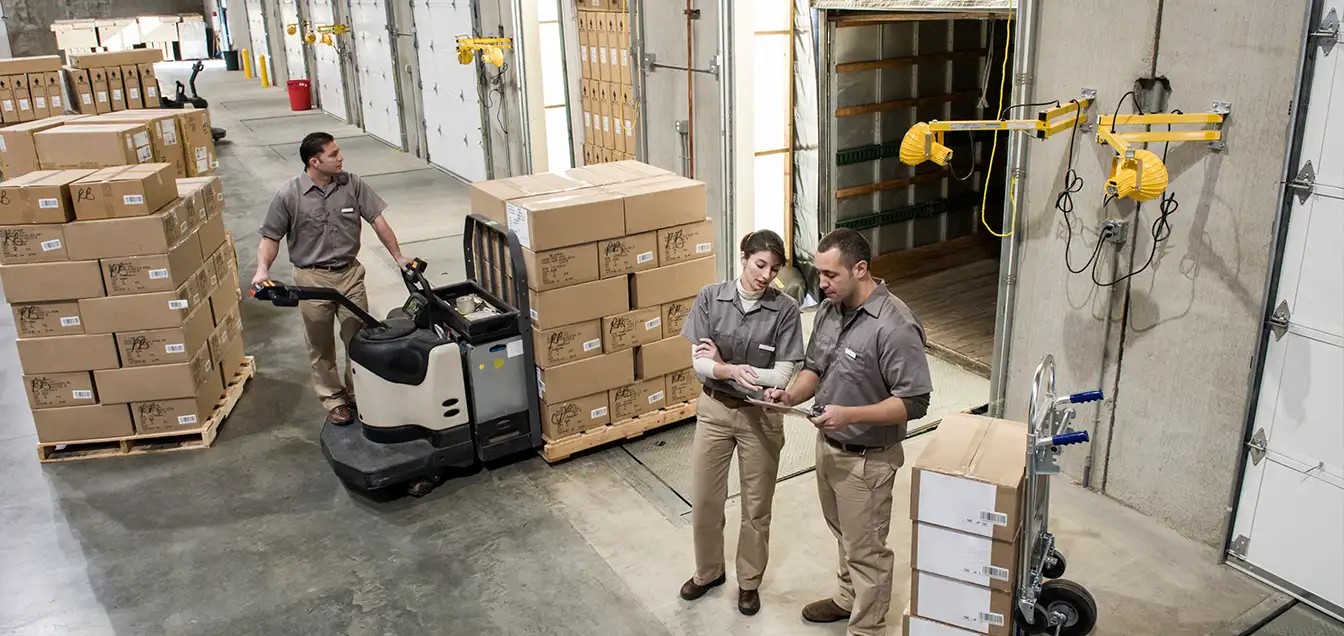For those diving into Amazon’s Canada fulfillment services, understanding the ins and outs of Amazon FBM fees is essential. Fulfilled by Merchant (FBM) allows sellers to take control of their shipping process, offering flexibility and potential cost savings. This guide explores the various fees associated with Amazon FBM fees, their implications, and how sellers can optimize their approach.
Table of Contents
What Are Amazon FBM Fees?
Amazon FBM fees refer to the costs sellers incur when managing their shipping and handling instead of relying on Fulfilled by Amazon (FBA). These fees can vary based on product size, weight, and shipping destinations. Unlike FBA, where storage and shipping are bundled into Amazon’s system, FBM allows sellers to handle these aspects themselves.
Components of Amazon FBM Fees

When exploring Amazon FBM fees, sellers should be aware of several key components:
- Referral Fees Every sale on Amazon comes with a referral fee, typically a percentage of the product’s selling price. This fee remains consistent whether using FBM or FBA.
- Shipping Costs Sellers are responsible for shipping their products, which involves negotiating rates with carriers. For those managing Amazon FBM in Canada, shipping costs can fluctuate dependinInvesting g on domestic or international deliveries.
- Packaging and Handling in appropriate packaging materials is vital for protecting products during transit. Costs include boxes, fillers, and labor for packaging.
- Returns Processing FBM sellers handle returns independently, which may involve reverse shipping costs and restocking fees.
Understanding these components of Amazon FBM fees helps sellers make informed decisions and accurately price their products to maintain profitability.
Amazon FBM Costs Breakdown
Factors Influencing Amazon FBM Costs
Several factors can influence Amazon FBM costs, including:
- Product Dimensions: Larger and heavier items incur higher shipping and packaging expenses.
- Shipping Zones: Delivering to remote areas increases costs.
- Order Volume: Higher volumes may qualify for bulk shipping discounts.
Sellers must analyze these factors to manage their expenses effectively.
Reducing Amazon FBM Costs
To minimize Amazon FBM costs, consider:
- Negotiating Shipping Rates: Partner with carriers offering competitive rates.
- Investing in Automation: Use tools to streamline inventory and shipping processes.
- Optimizing Packaging: Reduce material costs while ensuring product safety.
These strategies can significantly reduce your overall Amazon FBM fees and improve profitability.
Amazon FBM vs. FBA: Key Differences
While both FBM and FBA enable sellers to list products on Amazon, their operational dynamics differ significantly.
- FBM: Sellers manage inventory, packaging, and shipping, offering greater control but requiring more effort.
- FBA: Amazon handles storage, packaging, and shipping, often resulting in higher fees but less workload.
When comparing Amazon FBM vs. FBA, consider factors like scalability, control, and customer experience to determine the best fit for your business.
Pros and Cons of Amazon FBM
Pros:
- Cost Control: Sellers avoid storage and fulfillment fees associated with FBA.
- Flexibility: Tailor shipping methods to specific needs.
- Branding Opportunities: Customize packaging to reflect your brand identity.
Cons:
- Time-Intensive: Requires active management of inventory and shipping.
- Customer Expectations: Sellers must meet Amazon’s strict shipping and customer service standards.
- Higher Shipping Costs: Particularly for small-scale sellers.
Balancing these pros and cons of Amazon FBM is crucial to deciding whether this model aligns with your business goals.
How to Ship to Amazon FBM Canada
Shipping to Amazon FBM Canada involves several steps:
- Select Reliable Carriers: Partner with trusted shipping providers to ensure timely deliveries.
- Optimize Packaging: Use durable materials to protect items during transit.
- Set Accurate Shipping Rates: Calculate costs to avoid underpricing or overcharging customers.
- Monitor Deliveries: Use tools to track shipments and address delays proactively.
Partnering with experts in 3PL logistics in Canada can simplify these steps, providing solutions tailored to your needs.
Why Sellers Choose Amazon FBM Canada
Amazon FBM Canada appeals to sellers seeking autonomy over their operations. It enables sellers to maintain direct control over their inventory while avoiding FBA’s high storage fees. This model is particularly popular among businesses with unique or low-margin products, where cost control is critical.
Managing Amazon FBM Rates Effectively
Understanding and managing Amazon FBM rates is pivotal to maintaining profitability. Consider these strategies:
- Negotiate with Carriers: Secure better shipping rates by building relationships with carriers.
- Offer Flat Shipping Rates: Simplify pricing for customers and reduce cart abandonment.
- Automate Processes: Use software tools to streamline order processing and tracking.
Efficient management of Amazon FBM rates can enhance profitability and improve customer satisfaction.
Exploring Amazon’s Canada Fulfillment Services
While Amazon FBM fees offer flexibility, some sellers may benefit from leveraging Amazon’s Canada fulfillment services for specific products. Combining FBM and FBA can create a hybrid model, optimizing costs and ensuring efficiency.
External Support: 3PL Logistics in Canada
For sellers seeking professional assistance, partnering with 3PL logistics in Canada can be a game-changer. These providers offer warehousing, packaging, and shipping solutions tailored to e-commerce businesses. By outsourcing logistics, sellers can focus on scaling their operations.
Tips for Success with Amazon Selling in Canada

- Understand Your Fees: Familiarize yourself with all components of Amazon FBM fees to avoid surprises.
- Optimize Shipping Strategies: Use data-driven decisions to manage costs effectively.
- Leverage Third-Party Tools: Invest in tools that simplify order management and tracking.
- Monitor Customer Feedback: Meet Amazon’s high standards for service and delivery.
These tips can help you excel in Amazon selling in Canada while maintaining a competitive edge.
Table: Amazon FBM Fees Overview for Canadian Sellers
| Fee Component | Description | Estimated Cost Range (CAD) | Source |
| Referral Fees | The percentage of the product’s selling price varies by category. | 8% – 15% | Amazon Canada Fee Schedule |
| Shipping Costs | Carrier-dependent; includes domestic and international shipping rates. | Varies widely | Canada Post |
| Packaging Materials | Includes boxes, fillers, tape, and labels. | $1 – $5 per package | Uline Canada |
| Returns Processing | Cost of reverse shipping and restocking. | $5 – $15 per return | UPS Canada |
Conclusion
Amazon FBM fees allow sellers to manage their shipping processes, offering control over costs and branding. However, understanding these fees, managing costs, and addressing challenges are vital to making this model work. By strategically managing Amazon FBM rates and leveraging tools or partnerships, sellers can thrive in the competitive landscape of Amazon selling in Canada.
For more insights into Amazon’s policies and seller tools, check out Amazon Seller Central.






